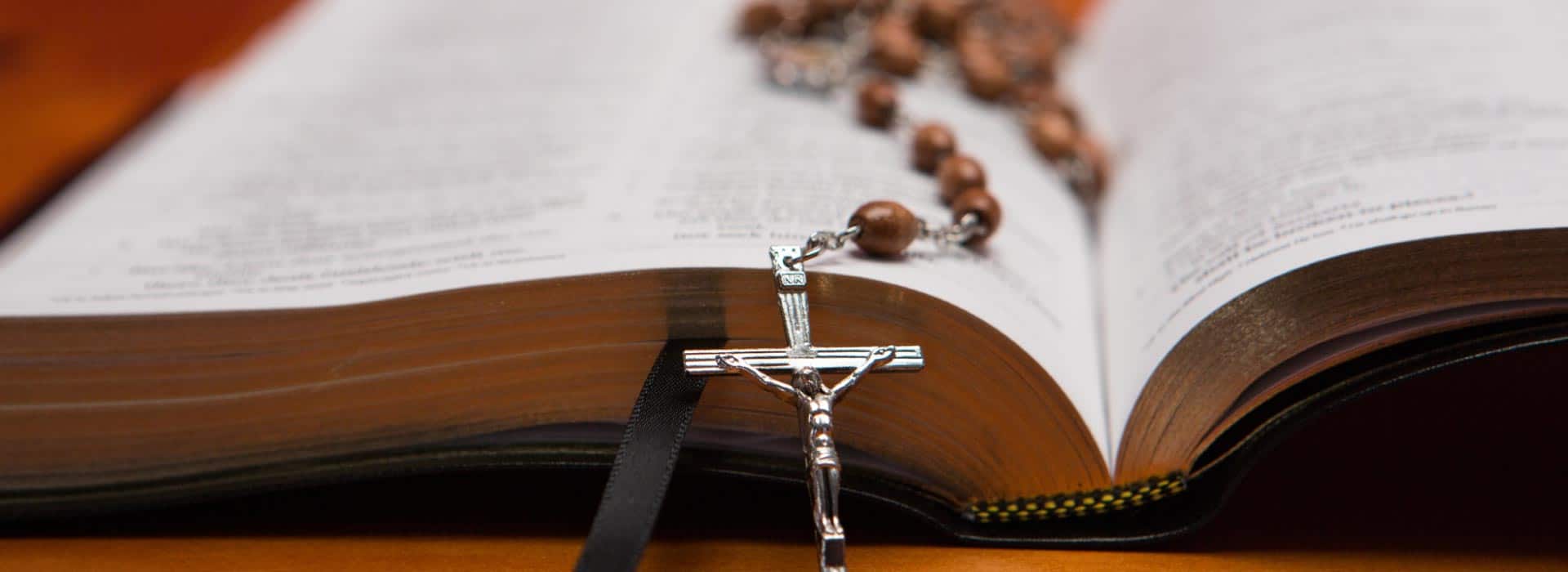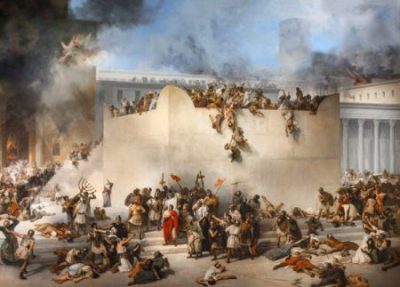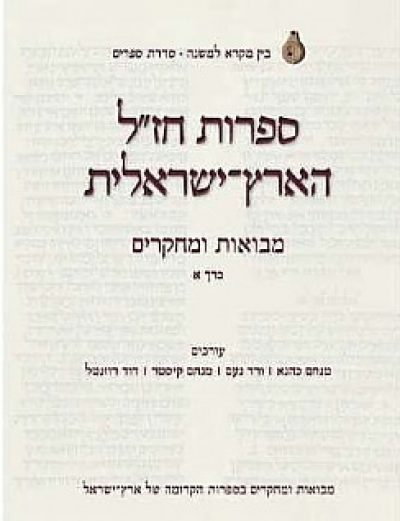The eight day holiday of Pesach (or Passover in English) is one of the biggest and best known festivals in the Jewish year. Less well known is the separate festival of MIMOUNA which takes place on the night and the day immediately following the last night of Pesach. This is a holiday with possibly ancient roots which developed among North African Jews and which was imported to Israel with the immigration of much of North African Jewry in the 1950’s and early 1960’s. It is characterised by colourful domestic celebrations which in recent decades have increasingly been marked collectively in the public sphere and which all stress the specific ethnic character of North African (and most specifically, Moroccan) Jewry with its sights, tastes, smells and sounds.
The reasons for the development of the holiday are unclear and many different suggestions have been put forward, varying from the marking of the anniversary of the death of Maimon, the father of the great Jewish scholar and leader, Maimonides, in the 12th century, to a call for agricultural prosperity in the month seen as the beginning of the agricultural year and marking the development of the crop harvest, to a reflection of a commemoration of a local North African goddess of luck and fortune. Whatever the origin, it was clearly seen as a very auspicious time for health, wealth, marriage and successful childbirth and was, and is, marked my many blessings and toasts for a successful future.
There are those who link it to the fact that as a holiday, the joy of Pesach (a festival celebrating the Jews’ freedom from Egyptian slavery) was muted by the consciousness that many Egyptian lives had been lost and that the joy could only be fully expressed at the end of the holiday. Others believe that Mimouna was a time when Muslim neighbours would return the foods forbidden to Jews on Pesach which had been sold in a symbolic act to them by the Jews just before the beginning of the Pesach holiday. This return of the food was seen as symbolic of the good relations that often prevailed between the Jews and their Muslim neighbours and would be one of the focal points of the new celebrations which would be marked by the common eating of foods which included the ingredients that had been forbidden to Jews during the previous week of Pesach and had now been returned by the Muslims.

Because one of the themes is connected with abundance and prosperity, as can be imagined, the emphasis on the evening of Mimouna is on the display and consumption of large mounds of food, especially dairy and fish, with hot pancakes (mufletot) covered with butter and sweet jams and fruits as perhaps the most distinctive culinary symbol of the evening. Tables are laden up magnificently with decorations, symbolically and materially representing wealth and good fortune. Many families host Mimouna celebrations in their homes in the evening while others go from home to home as guests.
On the day of Mimouna, following the evening celebrations, the tradition is to go outdoors and eat in nature. Some go to the sea, representing the fortune of the Jews in crossing the sea in their journey out of Egypt while others picnic in parks, representing the hope for a prosperous and bountiful harvest and life in general. If the evening was marked by its emphasis on fish and dairy foods, the day is often given over to the consumption of meat in barbecues. In Jerusalem, in recent years, the centre of celebration has been Gan Sacher where tens of thousands go to eat and celebrate.
Mimouna is an example of a festive celebration associated with the Jews of North Africa which has slowly spilled out into the larger Israeli Jewish community and is seen by many as a day to be celebrated by the whole country.






